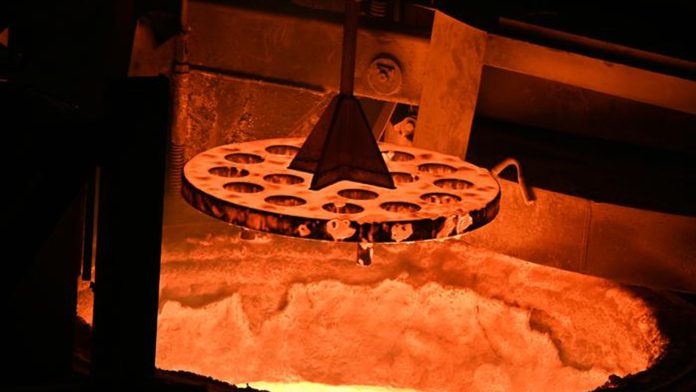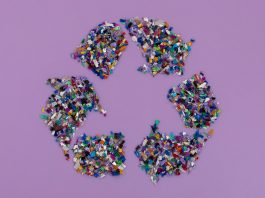A team from the University of Cambridge has introduced a groundbreaking method to manufacture green concrete on a large scale, potentially revolutionising efforts to achieve net-zero emissions.
This novel approach to low-emission concrete leverages electric arc furnaces (EAFs), commonly used for steel recycling, to also recycle cement—the most carbon-intensive component of concrete.
Described by researchers as ‘an absolute miracle’, this innovative process substitutes used cement for lime flux, a material traditionally used in steel recycling to eliminate impurities.
Typically, lime flux becomes a waste byproduct known as slag. By replacing it with recycled cement, the end product is a recycled material suitable for new sustainable concrete production.
Concrete’s carbon footprint
Concrete, composed of sand, gravel, water, and cement, derives the majority of its emissions from the cement despite it being a minor component by volume.
Cement production involves clinkering, a process where limestone and other raw materials are heated to approximately 1,450°C, releasing significant CO₂ as limestone transforms into lime.
Concrete ranks as the second most-used material globally, just behind water, and accounts for roughly 7.5% of human-caused CO₂ emissions.
The challenge of reducing emissions from concrete while maintaining global supply is a significant obstacle in the quest for decarbonisation.
While alternatives like fly ash can replace about half the cement in concrete, global supplies are insufficient to meet the annual demand of approximately four billion tonnes.
Innovative green concrete production
The new cement recycling technique incurs no additional costs for concrete or steel production.
Moreover, it substantially reduces emissions from both industries by minimising the need for lime flux.
Recent trials conducted by the Materials Processing Institute demonstrated that recycled cement could be efficiently produced in an EAF, marking the first successful large-scale production of this kind.
If powered by renewable energy, this method could eventually yield zero-emission cement.
Experimentation with various slags and lime mixtures in the Materials Processing Institute’s EAF confirmed that combining cement clinker with iron oxide produces an effective steelmaking slag, which, when cooled rapidly, results in reactivated cement.
Future prospects and commercialisation
The Cambridge Electric Cement project has scaled up rapidly, aiming to produce one billion tonnes annually by 2050, which is about a quarter of current cement production.
The researchers have filed a patent to facilitate the commercialisation of this sustainable cement process, supported by Innovate UK and the Engineering and Physical Sciences Research Council (EPSRC), part of UK Research and Innovation (UKRI).









